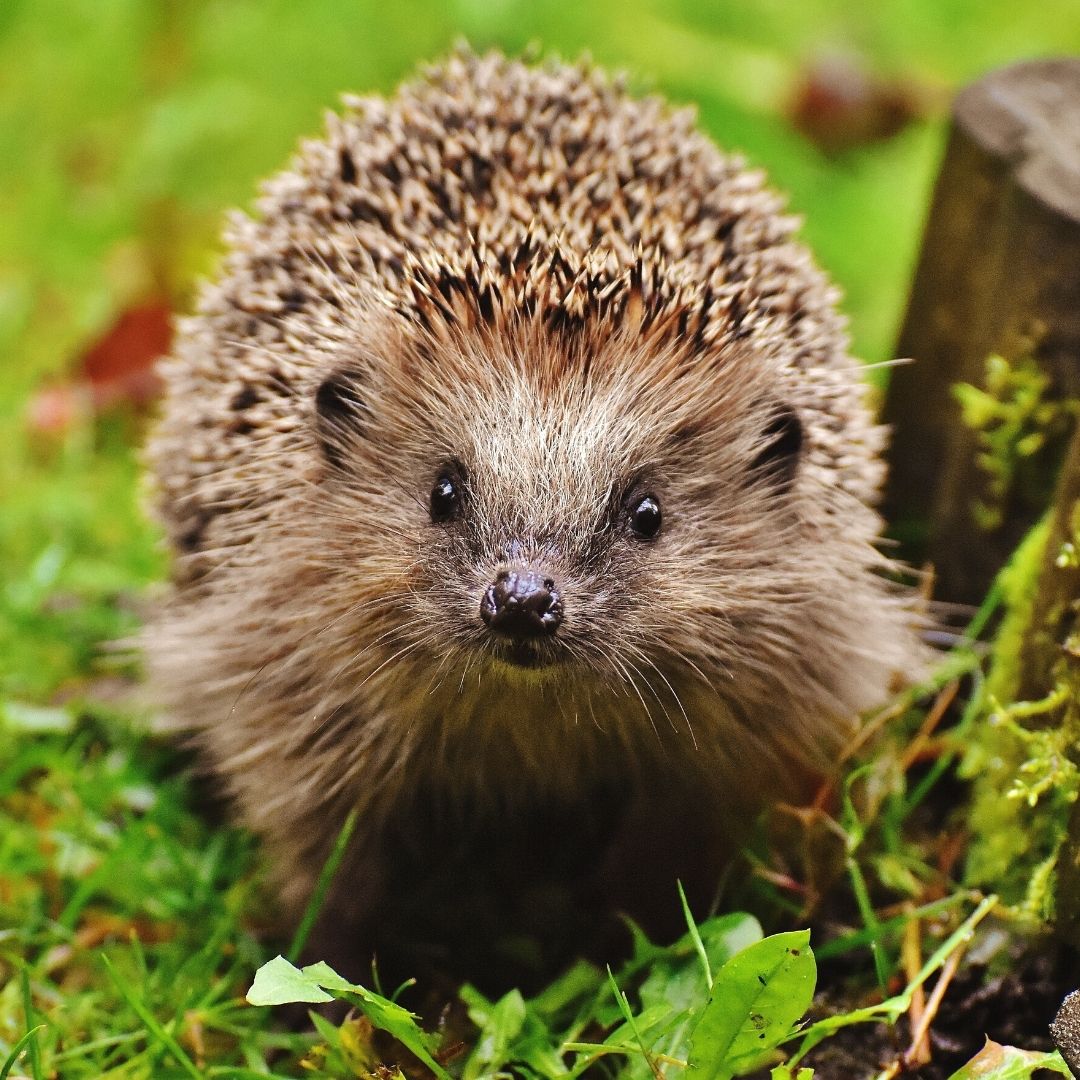Urban sightings of Britain's favourite spiky, garden-dwelling mammal have increased due to the “hedgehog highways” between residents’ gardens!


Image: People’s Trust For Endangered Species
Hedgehog Highways Allow Hedgehogs To Travel Between Gardens
Despite a worrying decline in hedgehog numbers across the UK in the past couple decades, an unusual community-led phenomenon is being attributed as a “key driver” to their boost in numbers. “Hedgehog highways” are growing in popularity as an effective way to allow hedgehogs to roam throughout Britain’s urban green spaces.
So, what on Earth are hedgehog highways? Basically, hedgehog highways are spaces in which hedgehogs can pass through to another green habitat — often taking shape as holes or gaps in boundary fences or walls between properties.
Although hedgehogs are very small, their midnight travels can take them through 13 connected gardens to find food, water and shelter —resources they need to survive.


Image: Alexas Fotos / Unsplash
54% Increase In Hedgehog Activity, Thanks To Hedgehog Highways!
We don't typically think of “urban” areas as viable habitats for animals. But, in Great Britain, there’s roughly 520 thousand hectares of residential garden space in urban areas! According to a report by Gloucestershire Wildlife Trust, connecting these urban green spaces is positively impacting hedgehog activity.
Gloucestershire Wildlife Trust monitored hedgehog behaviour before and after making holes in people’s garden fences. Amazingly, they reported a 39% increase in hedgehog sightings after the highways were created! A study conducted by the University of Reading found that 54% of people noticed an increase in hedgehog activity after creating just one hole.
The fantastic part is that creating one or more hedgehog highways is easy! A 13cm x 13cm hole to pass through.


Image: Piotr Łaskawski / Unsplash
Why Did Urban Hedgehog Populations Decline?
From 2000, the population of Britain’s hedgehogs declined by 30%-75% — making them ‘vulnerable to extinction’ on Britain’s red list for mammals. It’s assumed that habitat loss due to agricultural intensification, the use of pesticides, and the danger from cars have all played a part in their decline.
One of the biggest reasons, however, is the way that urban fences and walls are constructed. These impenetrable barriers reduce the amount of land that’s available to hedgehogs, which reduces their chance of survival.
But now — thanks to the growing awareness of hedgehog highways — Bovis Homes, Barratt Homes, Taylor Wimpey and several other developers have pledged to include gaps in garden boundaries on their housing projects. Advice has even been added to the National Planning Policy framework!


Image: Hedgehog Street
100+ Communities Are Working With The ‘Hedgehog Street’ Campaign
It’s estimated that more than 120,000 highways connecting around 240,000 gardens have been created in the UK — thanks to Hedgehog Street! This fantastic campaign has boosted awareness for the plight of the hedgehog and created more than 107,000+ ‘Hedgehog Champions’, which are people who have created hedgehog highways in their garden.
Establishing hedgehog highways has also helped communities to grow closer and to form a bond over the much-loved, spiky animal. The village of Kirtlington, Oxfordshire, has one of the largest hedgehog highways in the UK — with more than 60 houses connected with gaps, holes, and ramps.
Hedgehog Street is doing amazing work to encourage more Brits to create hedgehog highways in their gardens.
We’re so happy to hear that this initiative in Britain is bringing communities closer and revitalising habitats for vulnerable, garden-dwelling hedgehogs. So far, it seems like this small act is having a positive impact on urban hedgehog populations! Visit Hedgehog Street to read more about their amazing work — or make a donation to help save Britain’s spiky little hedgehogs!
For more heart-warming conservation stories like this, check out our Eco News category and the blogs below.
Here’s How Scientists Saved The Tiny Mexican Tequila Fish!
These Biodegradable, ‘Flat-Pack’ Homes Are Helping Wildlife To Survive After Bushfires

